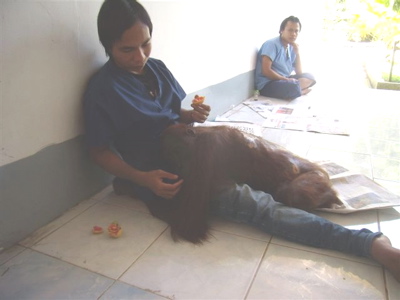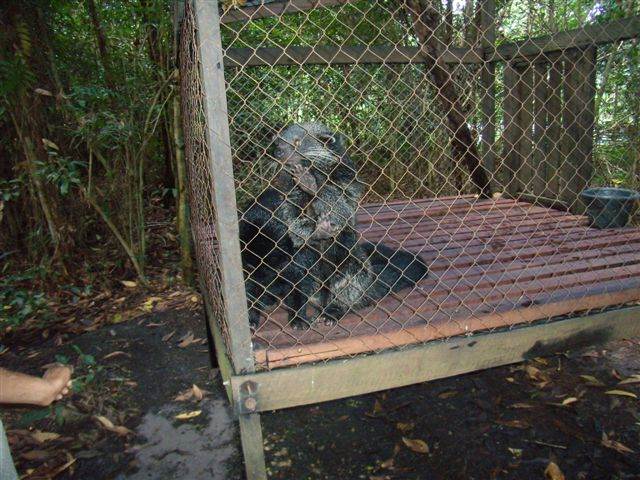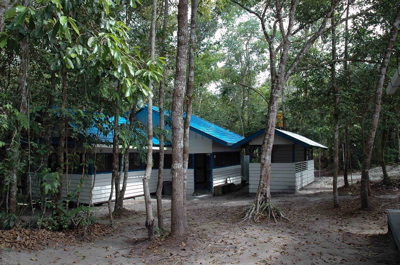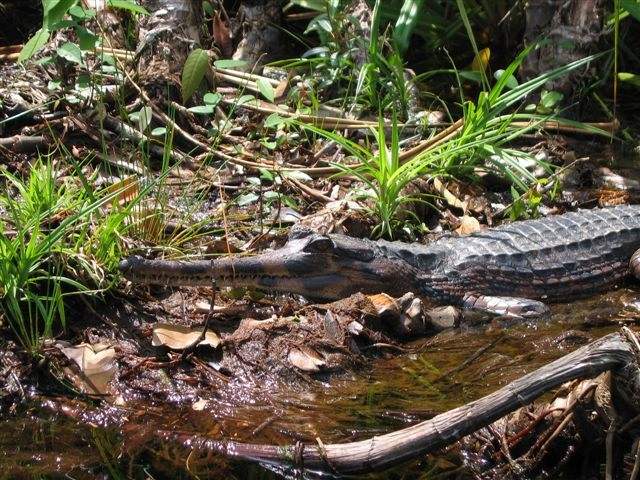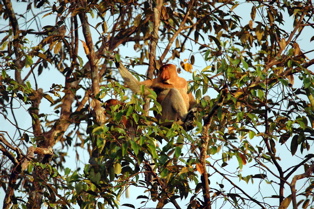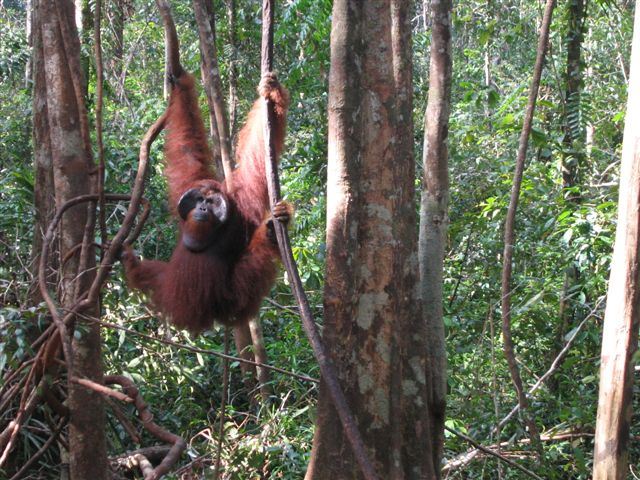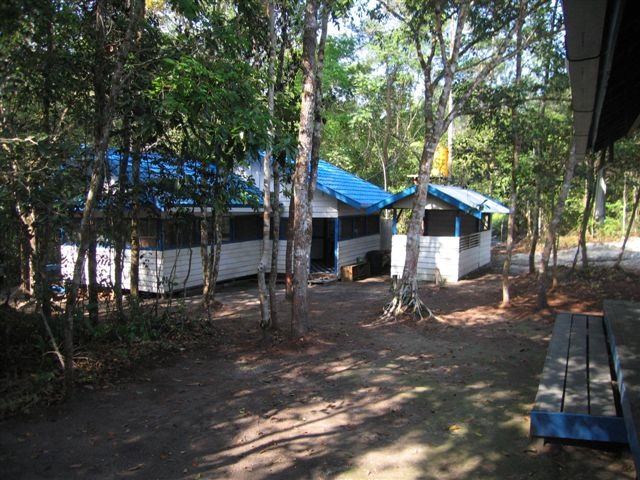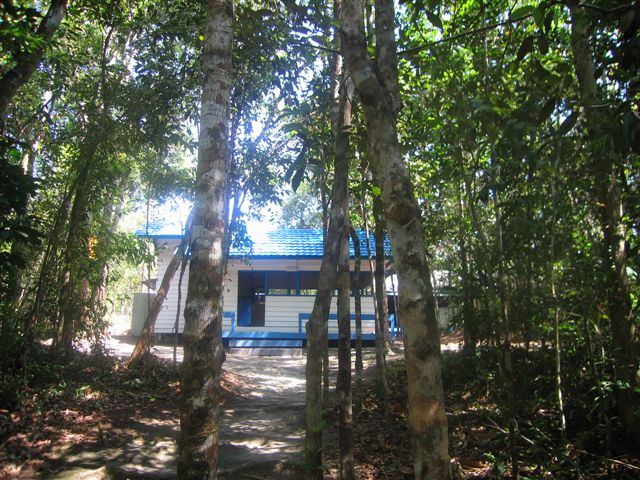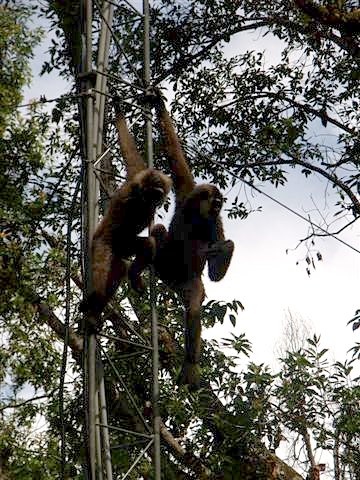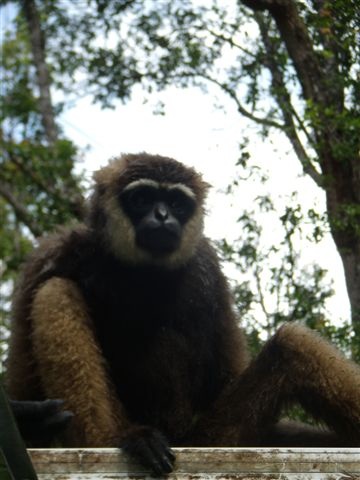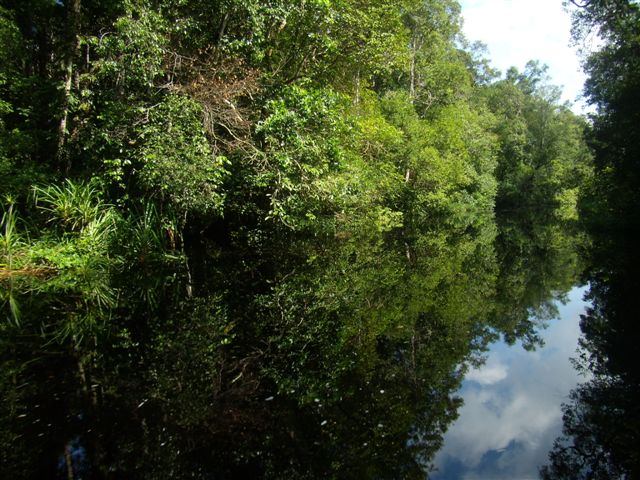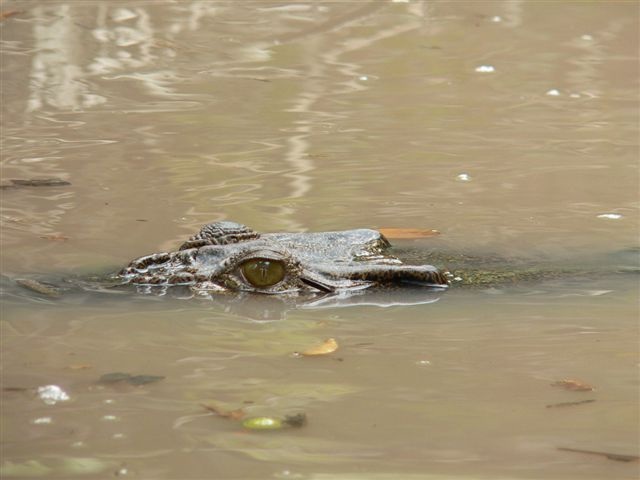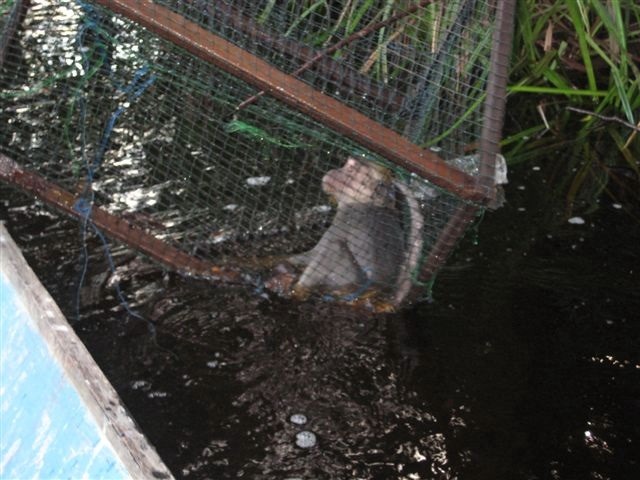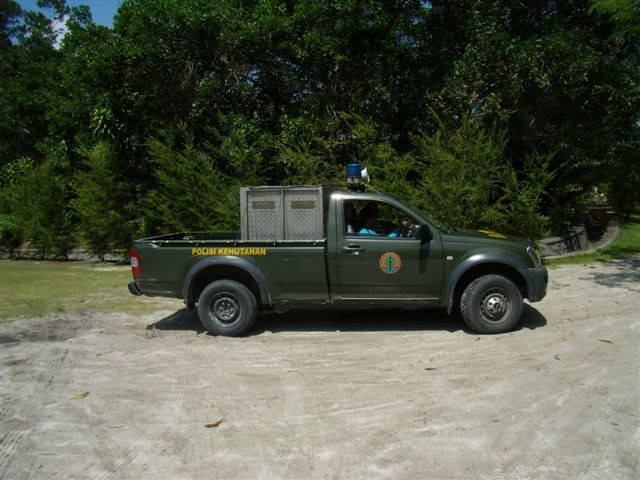Very exciting news just in from our partner organistation, Yayorin about banteng (wild cattle) being found in Belantikan. Please see the press release below. How the banteng were found also highlights the work needed to be done to save this species. This news comes just after my last few posts about orangutans and is another example of why protecting orangutan habitat is important to all biodiversity, especially those that are threatened.
PRESS RELEASE
For Immediate Release
Endangered Animals found in Central Kalimantan
Biodiversity research in the Belantikan Hulu ecosystem of Central Kalimantan (Indonesian Borneo) was started in 2003 by Yayorin (Yayasan Orangutan Indonesia). Other than a large population of orangutan, the research also gathered some information on the existence of the endangered banteng or wild cattle (Bos javanicus) from the local people who live in the research area. This information was valuable because it is believed that banteng distribution in Kalimantan is becoming more and more limited and largely unknown.

Banteng confirmed in Belantikan
In 2005, Yayorin conducted further research and was able to gather more information and data. According to the local people, banteng were often seen in sopanan or saltlick areas, saltwater sources where animals go to drink and to get the mineral they need. Although the team found their tracks and faeces many times in these saltlick areas, they were not completely convinced of these findings because it was possible that they belonged to cows that were common in Belantikan.
On November 20th, 2007, Yayorin team conducted yet another survey on Bukit Durian area of Kahingai Village. There they encountered a surprising find: two well-preserved banteng tracks; one was about 12 cm x 11,5 cm and another one was about 14 cm x 13 cm. According to their sizes, it was believed that those tracks belonged to one male and one female banteng. In addition, the tracks were also found in a habitat dominated by bamboo trees.
On April 11th, 2008, two local people went hunting using dogs and spears. On their way, their dogs found two banteng (mother and child). They then killed the mother using spears, while captured the baby and took it to the village. The location where these banteng were captured was around Tungkapan River, Belantikan Raya District, Lamandau Regency. Moreover, according to some local people who go into the forest to hunt pigs, they also encountered more than ten bantengs between January and February 2008.
All stakeholders need give their serious attention to this matter and do concrete actions to preserve the existence of these endangered banteng in Belantikan area. The last thing we all want to happen is to see these wonderful and beautiful animals extinct in the wild.
FACTS ABOUT BANTENG (bos javanicus)
Status: Endangered
Population: 3,000 – 5,000
Distribution: India, Bangladesh, Brunei Darussalam,Kamboja, Thailand, Laos, Myanmar, Vietnam, Malaysia, Indonesia (Java, Bali, Kalimantan)
Threats: Hunting and habitat loss and/or degradation (agriculture, plantation, forestry, housing)
For more information:
Togu Simorangkir – Chairman of Yayorin
Email: togu@yayorin.org
Yayorin (Yayasan Orangutan Indonesia)
Jl. Bhayangkara Km.1
Pangkalan Bun, 74112
Kalimantan Tengah
Telp. (0532) 29057
Fax (0532) 29081
Email: info@yayorin.org
Website: www.yayorin.org
